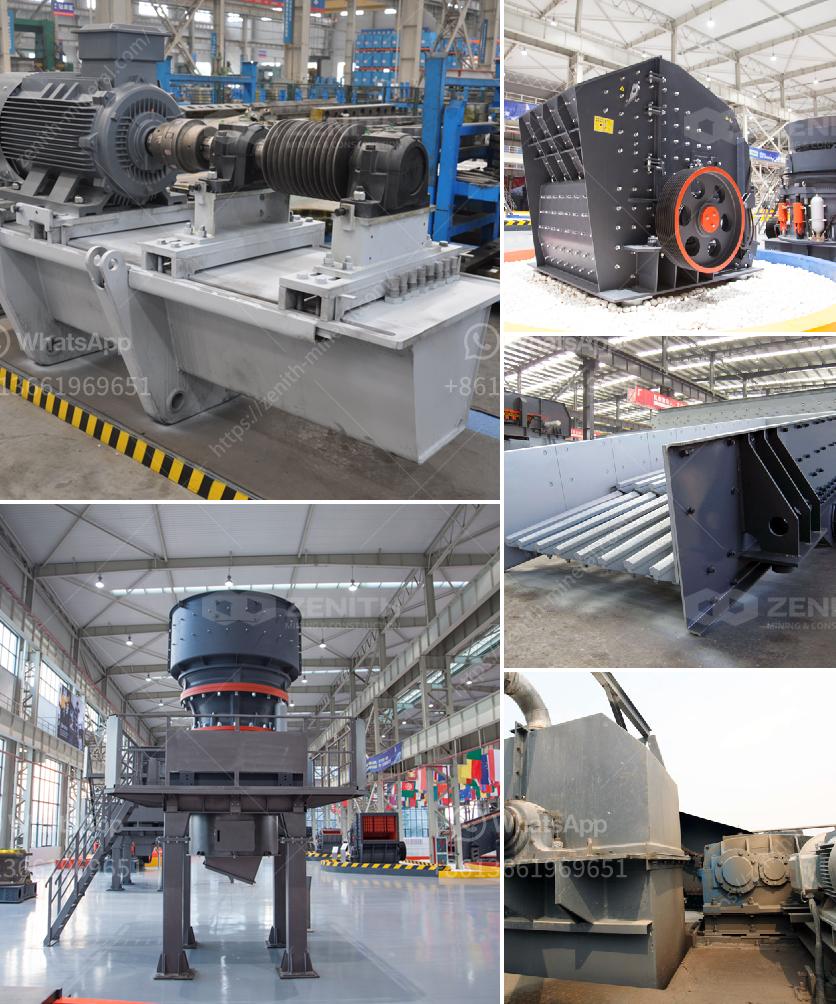Building a marble mill, often referred to as a marble machine or marble run, can be a rewarding DIY project that involves woodworking, engineering, and a bit of creativity. Here’s a step-by-step guide to help you get started:
Materials Needed:
- Wood (plywood or hardwood)
- Marbles (standard size)
- Saw (table saw and/or jigsaw)
- Drill and bits
- Screws and nails
- Glue (wood glue)
- Sandpaper
- Paint or stain (optional)
- Ruler and pencil
Tools:
- Measuring tape
- Clamps
- Screwdriver
- Level
Step-by-Step Guide:
1. Design the Marble Mill:
- Sketch out your design first. Decide on the length, width, and height of your marble mill.
- Plan the path of the marbles, including any turns, tunnels, drops, or lifts.
2. Cut the Wood:
- Measure and cut the base and the sides of the mill using your saw.
- Cut out any additional pieces needed for ramps, lifts, and supports.
3. Drill Holes and Create Paths:
- Drill holes where the marbles will drop from one level to the next.
- Use a jigsaw to cut out any curved paths or tunnels.
4. Assemble the Base:
- Attach the side panels to the base using screws or nails. Make sure everything is level and square.
- Reinforce with wood glue if necessary.
5. Create Marble Tracks and Lifts:
- Construct the ramps and tracks where the marbles will roll.
- Secure these tracks onto the main structure using screws or glue.
- If your design includes lifts (e.g., a wheel lift or pulley system), assemble and attach these mechanisms.
6. Smooth the Edges and Surface:
- Use sandpaper to smooth out any rough edges and ensure there are no splinters.
- Make sure the paths are smooth enough for marbles to roll freely without getting stuck.
7. Test the Path:
- Place marbles at the starting point and test the entire path. Look for any areas where marbles get stuck or the path doesn’t function as planned.
- Make necessary adjustments by adjusting the incline or adding barriers.
8. Finish the Wood:
- Once satisfied with the functionality, you can optionally paint or stain your marble mill to protect the wood and enhance its appearance.
- Let the finish dry completely before further use.
9. Final Assembly and Decoration:
- Assemble any remaining pieces and test your marble mill one more time to ensure everything works perfectly.
- Decorate as needed, adding any embellishments or labels.
Tips:
- Precision is Key: Accurate measurements and cuts are crucial for a smooth and functional marble mill.
- Start Simple: If this is your first marble mill, consider starting with a simpler design and gradually move to more complex structures.
- Experiment and Adjust: Don't be afraid to make adjustments and experiment with different paths and mechanics.
Enjoy your DIY marble mill project! It can be both a fun activity and an impressive display piece once completed.

